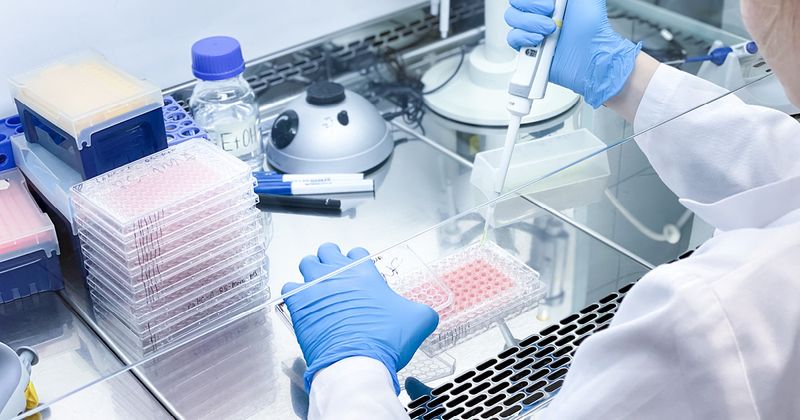Biologic tools may help surgeons push the specialty forward
Click Here to Manage Email Alerts
Key takeaways:
- Platelet-rich plasma should be optimized according to the indication.
- There are no FDA-approved stem cell products on the market.
- Adipose has more mesenchymal signaling cells per aliquot vs. bone marrow aspirate.
WAILEA, Hawaii — Although it is still unknown which orthobiologics should be used to treat athletes with knee injuries, various biologic tools may be used to help identify such uses in the future, according to a presenter here.
“There are a lot of tools in the toolbox, and we have a lot of power as orthopedic surgeons and surgeon scientists and clinicians to push [the biologics] field forward,” Rachel M. Frank, MD, director of the joint preservation program and associate professor in the department of orthopedic surgery at the University of Colorado School of Medicine, said in her presentation at Orthopedics Today Hawaii. “That, for me, is why it is exciting, [but] clinical trials are certainly needed.”

Steroid, PRP injections
In her presentation, Frank said steroid injections can be used sparingly in the knee for symptom-modifying treatment of osteoarthritis.

“We are not talking about every month or every 2 months but every quarter for the patient with moderate to severe arthritis who has no other alternatives,” Frank said. “You want to watch out for what type of local anesthetic you might be using with them, but the literature shows that this is totally safe and totally fine.”
Although animal studies show some development of chondrotoxicity with steroid injections, Frank said this has not been found “at the human level.”
Hyaluronic acid injection is another treatment for knee OA that is symptom modifying, according to Frank. She added it is inexpensive if covered by insurance and has a low morbidity rate. However, Frank said hyaluronic acid has some potential for inflammatory reactions.
Frank said platelet-rich plasma may help provide growth factors to the site of injury while preventing the development of chondrotoxicity. PRP should be optimized according to the indication, according to Frank, with published literature highlighting the importance of the color of the PRP.
“If you think you are injecting leukocyte-poor PRP, meaning PRP with less white blood cells, it should look yellow, almost like urine,” she said. “If you are injecting something that you think is leukocyte-poor and it is red, you have either a bad spin with red cells or a good spin but for leukocyte-rich PRP with too many white cells.”
Mesenchymal signaling cells
While there are no FDA-approved stem cell products on the market, Frank said patients can receive mesenchymal signaling cell (MSC) products, such as bone marrow-derived MSCs or adipose-derived MSCs.
“Bone marrow concentrate is most helpful as a surgical augment for cartilage repair, but it is not so good, especially compared to PRP, for generalized knee osteoarthritis,” Frank said.
In comparison, Frank said adipose has more MSCs per aliquot than bone marrow aspirate and it contains the cells in a structural scaffold that allows the cells to survive longer. Although there are some favorable studies on the use of adipose-derived MSCs for the treatment of knee OA, Frank said the results are variable.
Finally, Frank said there are currently no approved amniotic or allograft stem cell products on the market in the United States.
“The big question is: Are there cells in these products or is it just growth factors?” Frank said. “There are some good early results, but the products have all been pulled currently. It is something to think about, but you cannot use it right now.”

